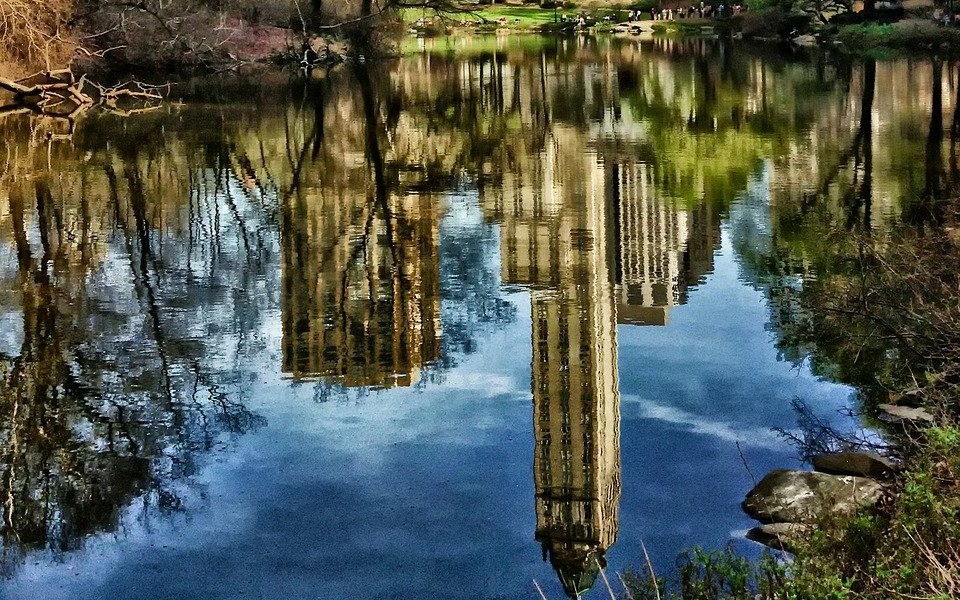Townscape
The term ‘townscape’ refers very broadly to the overall character and composition of a town (or other aspects of the built environment). It can include the range and quality of buildings in an area, the relationships between those buildings and the different types of space between and around them, and reflects the relationship between people and place.
The term 'cityscape' can be given a similar definition.
Townscape may be assessed as part of a townscape character assessment.
Townscape character refers to '...distinct, recognisable and consistent pattern of elements in the built environment that makes one landscape different from another, rather than better or worse.' Ref TIN 05/2017
Landscape Institute Technical Information Note TIN 05/2017 explains how to apply the principles and general approach of landscape character assessment to townscape character assessment. Ref https://landscapewpstorage01.blob.core.windows.net/www-landscapeinstitute-org/2018/04/tin-05-2017-townscape.pdf
The Technical Information Note suggests that: ‘The term townscape first came into popular use in the UK in the 1940’s and 1950’s, when there was a concern amongst some architectural critics that the identity of our villages, towns and cities was being eroded by poorly planned post-war reconstruction. They derived their definitions of townscape from the Roman “genius loci”, which translates as “the prevailing character or atmosphere of a place”.’
Townscape Character Areas (TCAs) are discrete geographical areas of a particular townscape type.
Townscape Character Types (TCTs) are generic, distinct townscape types that are relatively homogeneous in character. They may occur in different parts of the country, but share broadly similar combinations of geology, topography, drainage patterns, vegetation and historical land use and settlement pattern, and perceptual and aesthetic attributes.
NB High Speed Rail (Crewe – Manchester) Environmental Statement, Glossary, abbreviations and references, published by the Department for Transport in 2022, defines townscape as: ‘The landscape within the built-up area, including the buildings, the relationship between them, the different types of urban open spaces, including green spaces and the relationship between buildings and open spaces.’
[edit] Related articles on Designing Buildings
Featured articles and news
The history of building regulations
A story of belated action in response to crisis.
Moisture, fire safety and emerging trends in living walls
How wet is your wall?
Current policy explained and newly published consultation by the UK and Welsh Governments.
British architecture 1919–39. Book review.
Conservation of listed prefabs in Moseley.
Energy industry calls for urgent reform.
Heritage staff wellbeing at work survey.
A five minute introduction.
50th Golden anniversary ECA Edmundson apprentice award
Showcasing the very best electrotechnical and engineering services for half a century.
Welsh government consults on HRBs and reg changes
Seeking feedback on a new regulatory regime and a broad range of issues.
CIOB Client Guide (2nd edition) March 2025
Free download covering statutory dutyholder roles under the Building Safety Act and much more.
AI and automation in 3D modelling and spatial design
Can almost half of design development tasks be automated?
Minister quizzed, as responsibility transfers to MHCLG and BSR publishes new building control guidance.
UK environmental regulations reform 2025
Amid wider new approaches to ensure regulators and regulation support growth.
The maintenance challenge of tenements.
BSRIA Statutory Compliance Inspection Checklist
BG80/2025 now significantly updated to include requirements related to important changes in legislation.
























Comments
[edit] To make a comment about this article, click 'Add a comment' above. Separate your comments from any existing comments by inserting a horizontal line.